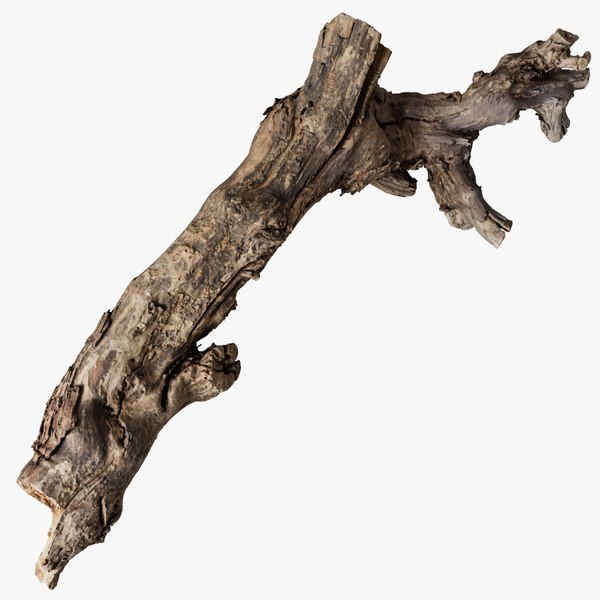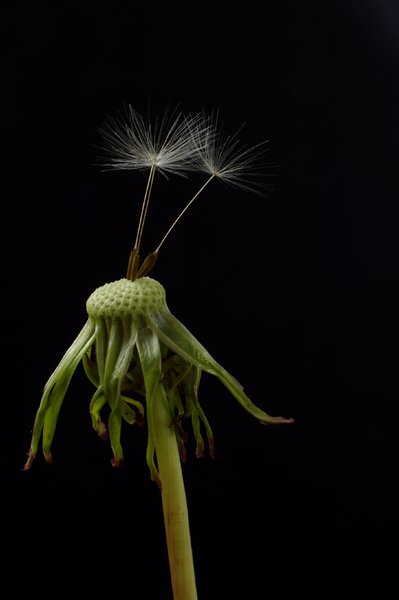When to Plant Seeds - KidsGardening
페이지 정보
작성자 Caryn 작성일 24-11-02 12:47 조회 7 댓글 0본문
 When you’re desirous to get gardening, it may be tempting to start out sowing seeds as quickly because the seed packets appear in backyard shops. But correct timing of both indoor seed sowing and outside seeding and transplanting is a crucial a part of growing wholesome plants. Start seeds too early indoors and your seedlings could also be leggy and potbound by the time out of doors planting time arrives; too late and your harvest shall be delayed. Plant warmth-loving seeds or transplants outdoors too early and cold soil and air temperatures could harm them. On the other hand, crops that do greatest in cooler weather could not thrive if they're planted late and find yourself maturing when the weather is hot. Fortunately, it’s not onerous to come up with a seed starting schedule that is appropriate to your space and the crops you plan to develop. Determining what to plant seeds - https://trentonxren36048.webdesign96.com, when, both for seeds began early indoors and people planted straight in the backyard, starts with discovering out the average date of the last spring frost in your space.
When you’re desirous to get gardening, it may be tempting to start out sowing seeds as quickly because the seed packets appear in backyard shops. But correct timing of both indoor seed sowing and outside seeding and transplanting is a crucial a part of growing wholesome plants. Start seeds too early indoors and your seedlings could also be leggy and potbound by the time out of doors planting time arrives; too late and your harvest shall be delayed. Plant warmth-loving seeds or transplants outdoors too early and cold soil and air temperatures could harm them. On the other hand, crops that do greatest in cooler weather could not thrive if they're planted late and find yourself maturing when the weather is hot. Fortunately, it’s not onerous to come up with a seed starting schedule that is appropriate to your space and the crops you plan to develop. Determining what to plant seeds - https://trentonxren36048.webdesign96.com, when, both for seeds began early indoors and people planted straight in the backyard, starts with discovering out the average date of the last spring frost in your space.
 Then you possibly can arrive at the number of weeks earlier than or after this date to sow seeds of every explicit type of plant for the greatest probability of success. If you're beginning seeds early indoors to provide transplants to go out in the backyard, your aim is to have transplants reach the best measurement for transplanting at a time when the weather situations are suitable for them to go outside. Timing is also vital for seeds planted straight within the garden. Cold-tolerant spinach seeds may be planted as soon as the soil is dry enough to work in the spring, whereas warmth-loving pumpkin seeds should go in the ground two weeks after the last frost date. Thankfully, the timing (relative to the final spring frost date) for sowing seeds of vegetables and herbs each early indoors and straight within the garden has been worked out for you by generations of earlier gardeners.
Then you possibly can arrive at the number of weeks earlier than or after this date to sow seeds of every explicit type of plant for the greatest probability of success. If you're beginning seeds early indoors to provide transplants to go out in the backyard, your aim is to have transplants reach the best measurement for transplanting at a time when the weather situations are suitable for them to go outside. Timing is also vital for seeds planted straight within the garden. Cold-tolerant spinach seeds may be planted as soon as the soil is dry enough to work in the spring, whereas warmth-loving pumpkin seeds should go in the ground two weeks after the last frost date. Thankfully, the timing (relative to the final spring frost date) for sowing seeds of vegetables and herbs each early indoors and straight within the garden has been worked out for you by generations of earlier gardeners.
Try Seed Starting Tables 1 and 2 (under) for data on some fashionable vegetable and herbs. Check gardening books and online sources for more complete information. Also take a look at KidsGardening's Interactive Spring Garden Calendar. The particular seeding, transplanting, and direct-seeding dates to observe in your garden will depend upon where within the nation you're. It should come as no surprise that the final spring frost date in Texas comes fairly a bit earlier within the year than in Vermont! And in the warmest elements of the country, you may be able to grow some crops outdoors 12 months-round. Your greatest source of knowledge targeted to the growing conditions in your area is your state Cooperative Extension Service. Many of the state Extension Service websites have seed starting calendars that make it simple to provide you with a seed beginning and planting schedule for your classroom and backyard. The local workplace of your state Cooperative Extension Service or local Master Gardener program also can assist you determine the average last spring frost date (and first fall frost date) to your area.

Making a vegetable and herb seed starting and planting calendar is a enjoyable winter classroom venture. To get began, discover out the common date of the last spring frost in your area. To seek out this date, consult local experienced gardeners, your local Extension Service or Master Gardener Program, or the National Climatic Data Center freeze/frost data. Next make a listing of the seeds you plan to start in your garden. Divide the list into two classes: seeds that will be started early indoors to produce seedlings to transplant to the garden and seeds that shall be sown straight within the outdoor garden. To determine which class to position your seeds in, consult with Table 1 (above). For the seeds you’ll be starting early indoors, discover and word the variety of weeks prior to the final frost date in your area to start out seeds.Table 1 (above) gives you this info for the most commonly grown vegetables and herbs. For plants that are not on this list, check the seed packet, seed catalog, or gardening references for this info.
Then translate the weeks before frost date info into the precise dates in your space. Next, use Table 1 (above) to search out out when to maneuver hardened off transplants to the outside garden, relative to the last frost date. Some chilly tolerant seedlings, such as cabbage and broccoli, could be transplanted earlier than the last frost date, however it's best to wait until every week or two after your last frost date to transplant warmth lovers like tomatoes and peppers. It’s vital to note that these seed starting and transplanting dates (and people for direct-seeded crops below) are approximate and based on common weather and soil situations. Use your judgment to switch them (particularly transplanting dates) given the precise weather and soil circumstances in a selected season. Also observe that these dates let you know when you can safely start planting. Some fast-maturing crops, like lettuce, can proceed to be planted every few weeks in succession for an prolonged harvest.
- 이전글 Odhalení bohatství kasina Mostbet: Ultimátní herní ráj
- 다음글 Odhalení bohatství kasina Mostbet: Ultimátní herní ráj
댓글목록 0
등록된 댓글이 없습니다.
